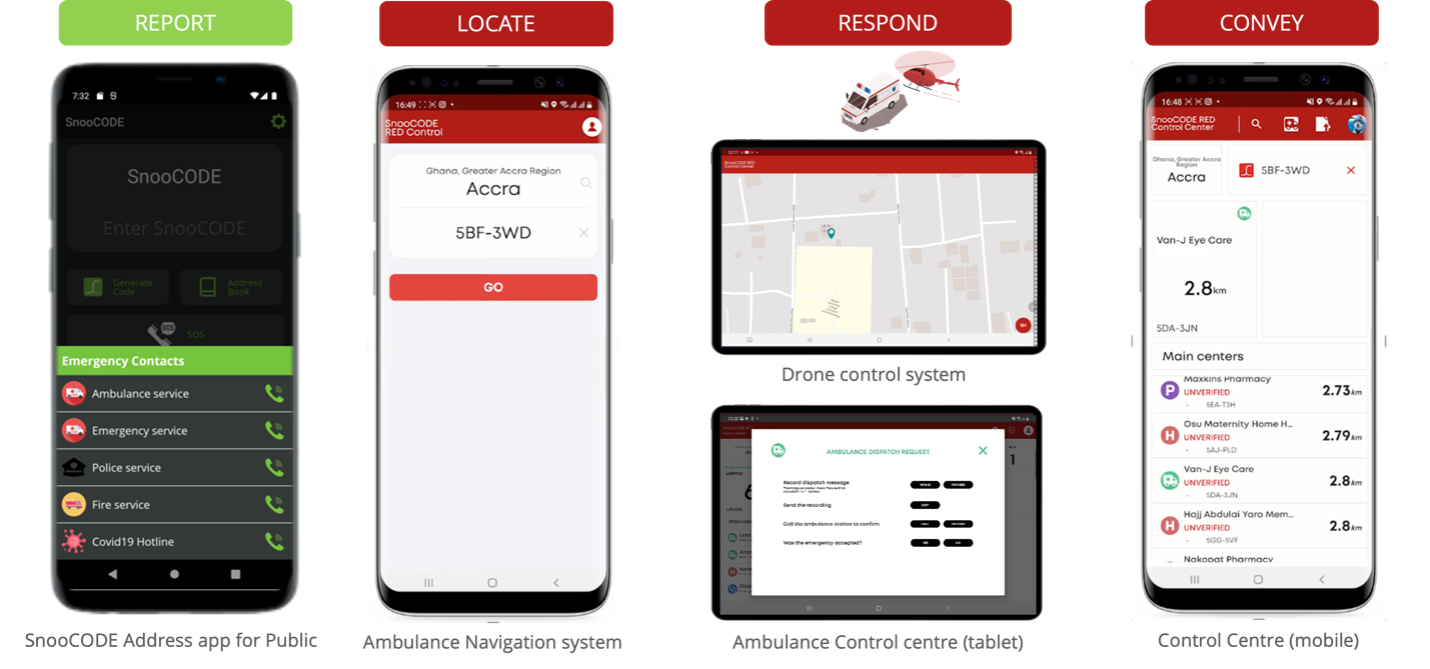#ItTakesAVillage: Equipping the Emergency Responder for Humanitarian Aid with SnooCODE RED
Figure 1. World Humanitarian Day
Happy #WorldHumanitarianDay!
What would you do if your grandmother, who lives in a remote village, needed emergency care and there was no easy way for emergency responders to find her?
The World Humanitarian Day (WHD) theme for this year, "It Takes a Village," emphasizes the crucial role that the hundreds of thousands of volunteers, professionals, and crisis-affected individuals who provide immediate care, shelter, food, protection, water, and much more play in helping during a humanitarian crisis. Key among these is the Emergency Responder.
Research has shown that Emergency care not only has the potential to address a large portion of death and disability in low- and middle-income countries, it is also essential to achieving the current Universal Health Coverage agenda and fulfilling the universal human right to the highest attainable standard of health, Burkholder, Bergquist and Wallis (2020). However, without the ability to locate affected people during a humanitarian crisis, the emergency responder will be rather handicapped.
Take your typical African village setting. The most tech savvy person you’ll probably find is the mobile money operator or the handful of grandchildren who visit from the city with their smartphones. Again, typical African villages cannot boast of addressing systems that could make it easy for foreigners to locate places. Visit a typical African village, ask for a location, and you’ll be directed by word of mouth to the stream behind somebody’s hut that will lead you to a big tree where you’ll find someone who would direct you to your desired location. In a setting of this nature, humanitarian relief efforts during a crisis will be severely hampered.
SnooCODE RED solves this problem. To answer our question from the first paragraph, let’s consider the grandmother of our founder and CEO. She lives in a remote African village, and is “as tech savvy as her grandparents could have been” (seeing how they were all born before the emergence of technology); yet, she gets to enjoy the full benefits of SnooCODE RED. How? Her grandson who owns a smartphone generated the SnooCODE of her house, wrote it on a sticker, and pasted it at a vantage point in her house. This way, in any emergency, she can simply call out her SnooCODE, and the emergency service provider will be able to open any map from their SnooCODE system to find her exact location to provide the necessary emergency service. If our founder can do this for his grandmother, the younger generation can do same for their older relatives in the villages.
SnooCODE RED is a digital system that cuts response times by as much as 56 per cent, as validated in trials with the Vodafone Ghana Foundation. The mobile system comprises a control centre that shows Ambulance call centre operators the nearest, most appropriate health centres to an emergency, and a navigation app that directs Ambulance drivers to and from the emergency. No internet? No problem, because all this happens offline.
The SnooCODE RED digital system is complemented by the physical component of house address plaques. The plaques also carry reminders to call an ambulance service in case of a medical emergency.
We at TinyDavid, creators of SnooCODE RED, continue to work to create a world where communities will be better equipped to help and be helped during a humanitarian crisis, by making it possible for people even in remote rural areas, to have timely access to humanitarian aid.
#WorldHumanitarianDay #ItTakesaVillage #EmergencyResponse #EmergencyCare #DisasterManagement #Sustainability #Addressing #TinyDAVID #SnooCODERED #SnooCODE


